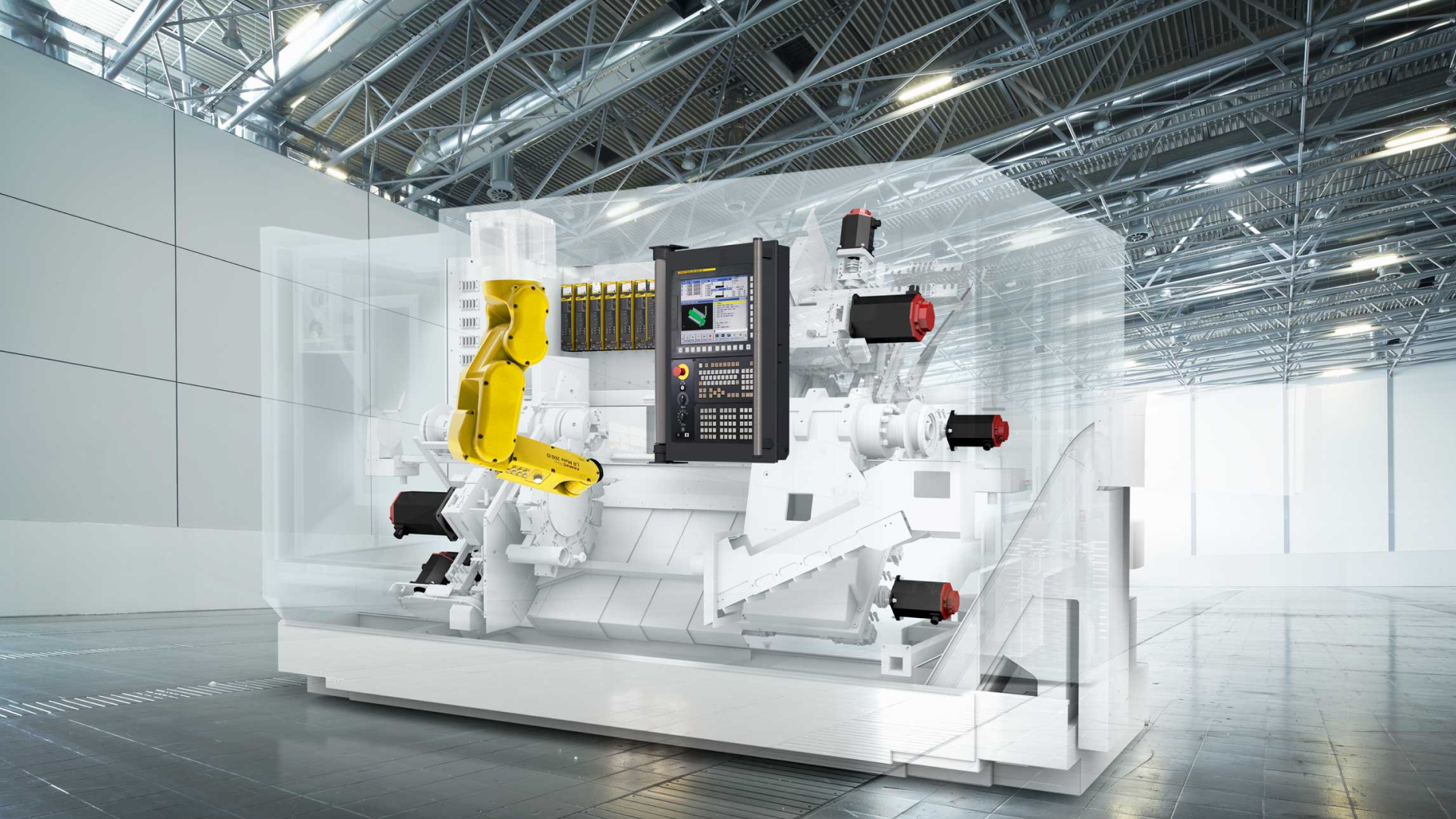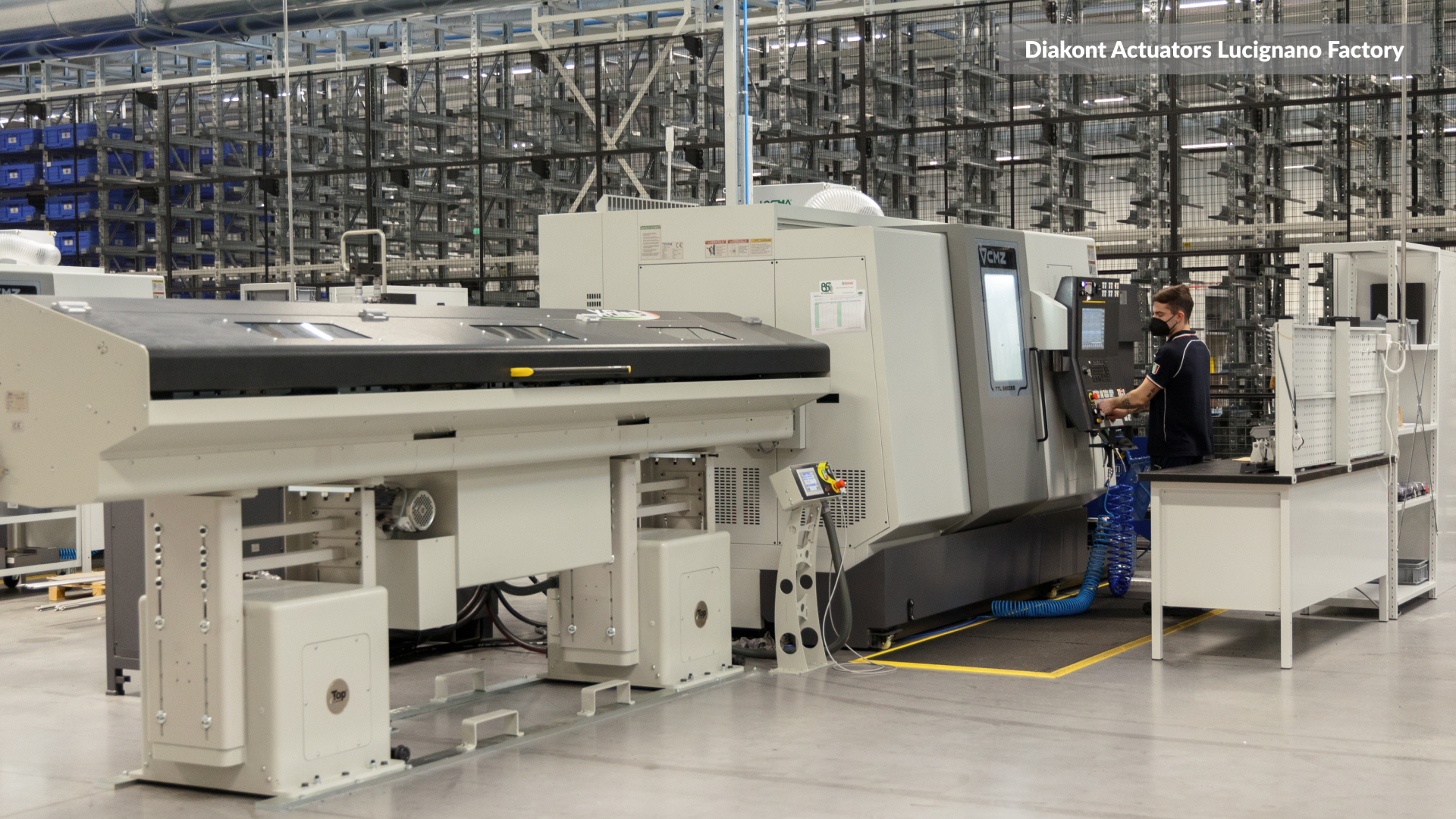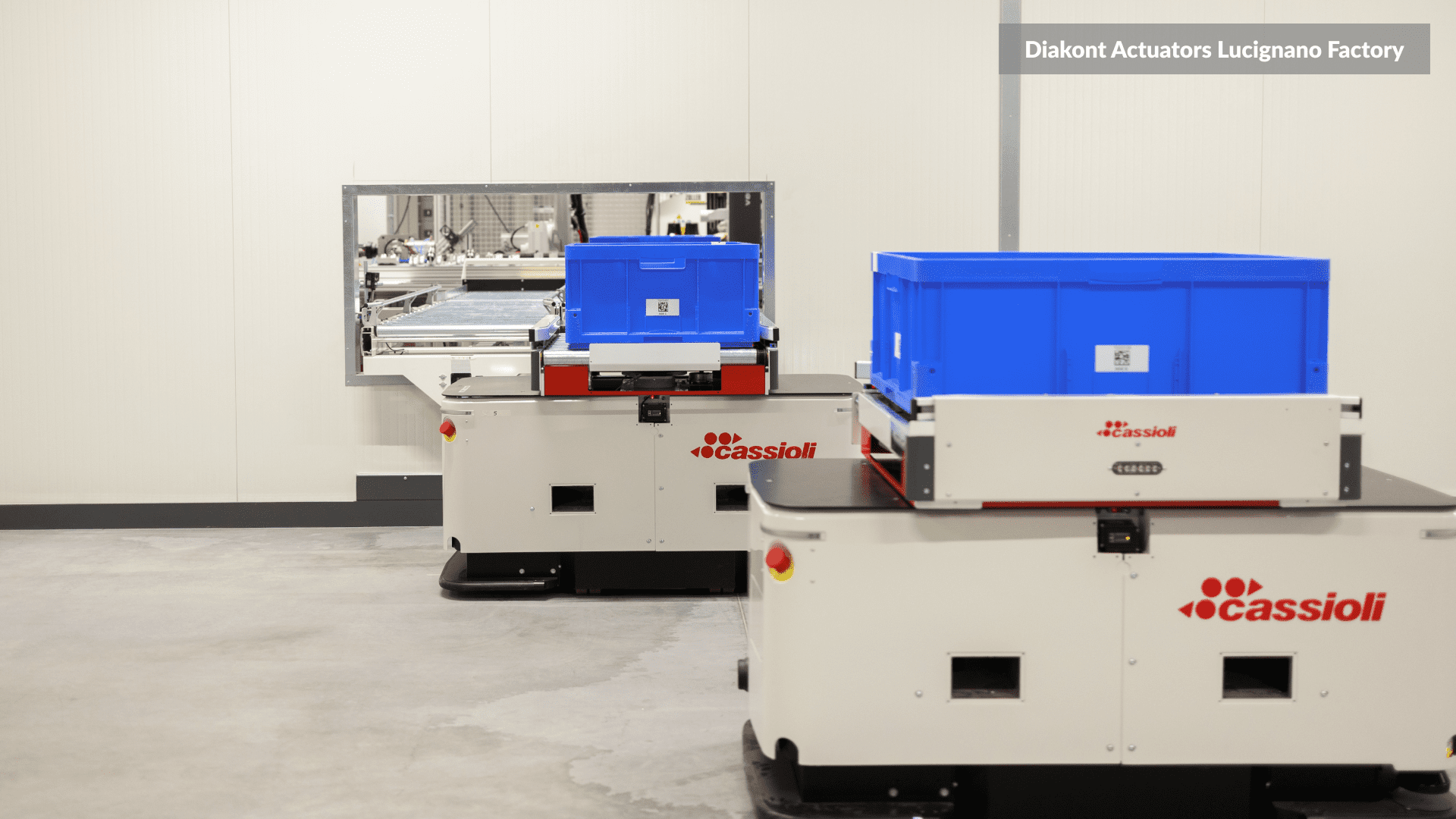
From the very beginning of its idea to first prototypes & construction projects towards the actual factory in operation, Diakont facility was meant to correspond to rapidly changing market conditions and dynamic technological shifts. We believe that a key to success lies in pursuing sustainable perfection and rapid exchange of information between all areas of the business, be it the market analysis in search for relevant product ideas, R&D, automated manufacturing or just-in-time packaging and shipment with automated client notification.
The above goals can be reached with introduction of Hyperautomation supported by by a closed-loop system of digital tools and Intelligent Enterprise Management System. A combination of interconnected digital tools for Diakont form two Digital Twins: A Digital Twin of Product and a Digital Twin of Enterprise.


includes product design digital tools (roller-screw CAD, database of standard designs and Product Data Management System) and production process digital tools (Production process CAD, production routes database and MEMT - Model for Evaluating Manufacturing Technologies).
Digital Tools for product design are intended no only for the flexible and efficient R&D process, but also participate in the overall automated decisions making process. For example, a change in the roller-screw design in CAD will automatically trigger changes in the technology of manufacturing (MEMT) down to production system adaptation and stock planning.
Production process digital tools are designed to evaluate possible available technologies for manufacturing of a new electromechanical actuator or its part and choose the optimal technological solution based on existing database, comparison of design variations, cost analysis and other important factors.
includes Production System Design Digital Tools (Model of Evaluation of Solutions on the Organization of Production (MESOP), Model of Calculation, analysis, and Optimization of the Financial-economic Parameters of production (MCOFP)) and Digital Tools for Production Control (Intelligent Enterprise Management System (iEMS) that integrates the planning and forecasting system (PFS) with the process execution system (PES)).
Production System Design digital tools also complement each other by first analyzing data in order to choose the correct manufacturing technology and then calculating all necessary resources and potential costs to fulfill all operations in an optimal way. Such an interaction between systems is a cyclic process constantly updating the data and providing eventual unit costs while including the information from sales volumes and forecasts.
Digital Tools for Production Control. Using statistical and artificial intelligence-enabled analysis, the PFS automatically manages supply chain planning, delivery time minimization, master planning, scheduling, production infrastructure planning, operational production planning, and operational production response. PES transfers tasks generated by the PFS to production resources and collects feedback on performance. In addition, all manufacturing processes are 100% traceable, so it is very easy to define for example which exact feedback sensor or even which batch of aluminum was used for a specific electromechanical actuator with a certain serial number.










